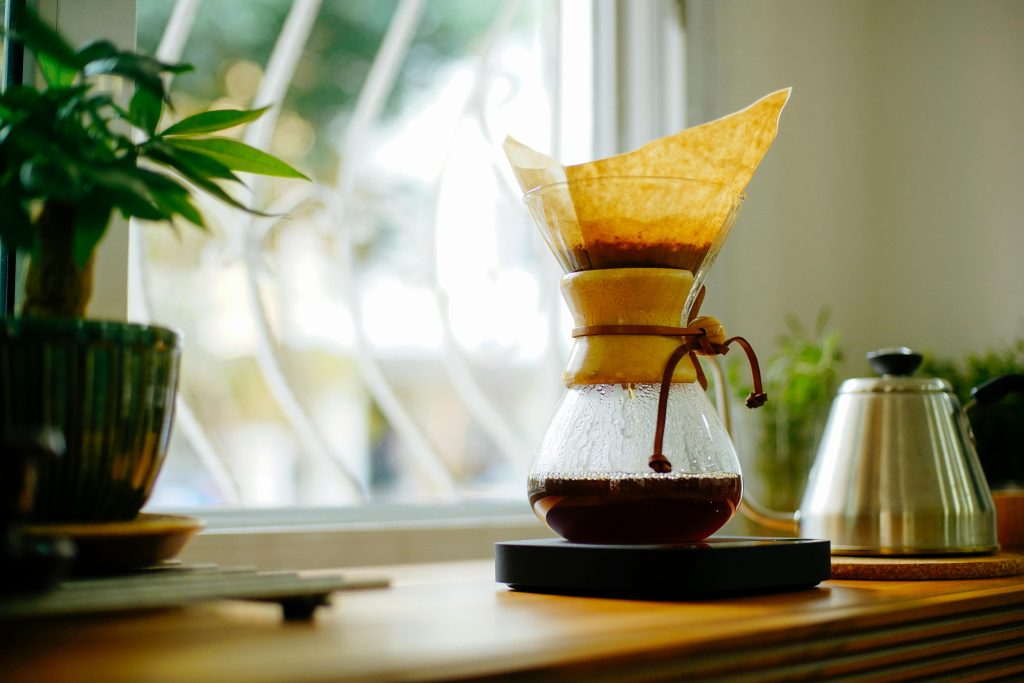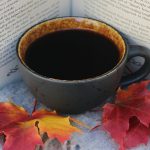Table of Contents
That perfect cup of pour-over coffee at your favorite café? The one that costs $7 and makes you feel slightly guilty? You can make an even better one at home – and your wallet will thank you. The best part? It’s nowhere near as complicated as those coffee snobs want you to believe. With just a few key principles and some practice, you’ll be brewing café-quality coffee in your pajamas.
The Equipment Truth Nobody Talks About

Here’s the dirty little secret of pour-over coffee: you don’t need that fancy gooseneck kettle or expensive filters to make an amazing cup. While they’re nice to have, what really matters is understanding the basic principles. A standard kettle, a decent filter (yes, even the grocery store ones), and fresh beans will get you 90% of the way there. The remaining 10%? That’s just showing off. Many coffee enthusiasts get caught up in the equipment race, spending hundreds on gear they barely understand, when they could be focusing on technique and quality beans instead.
The basics you actually need:
- A pour-over dripper (plastic works just fine – sometimes better than ceramic)
- Filters (any medium-thickness paper filter)
- A kettle (any kettle that pours water – seriously)
- A regular kitchen scale (nothing fancy required)
- Fresh coffee beans (this is where you should actually spend money)
- A decent grinder (burr grinder preferred, but start with what you have)
The Water Temperature Secret
Stop obsessing over exact water temperatures. While coffee experts might insist on precisely 205°F water, here’s a simpler approach that works every time: bring your water to a boil, then wait about 30 seconds. That’s it. Your water is now in the perfect range for brewing. The obsession with exact temperatures is mostly coffee snobbery masquerading as expertise. What matters more is consistency in your approach and paying attention to how your coffee tastes, rather than what some thermometer says.
The Golden Ratio That Actually Works
Forget the complicated recipes you’ve seen online. Start with this simple ratio: 16 parts water to 1 part coffee. For a single cup, that’s about 20 grams of coffee to 320 grams of water. Once you’ve got this basic ratio down, you can adjust to your taste. Like it stronger? Use 15:1. Prefer it lighter? Go for 17:1. The beauty of pour-over is its flexibility – you’re in control. Remember that these ratios are starting points, not strict rules. Your perfect ratio might be different, and that’s completely fine. The key is finding what works for your taste buds and sticking with it.
The Pour Technique Nobody Gets Right

Here’s where most people mess up: they try to copy those fancy spiral pours they see on Instagram. Instead, focus on these simple steps. The key is maintaining consistency and control, not looking like a coffee artist. Think of it as a gentle, steady process rather than a performance. Many beginners get overwhelmed trying to perfect their pour patterns when they should be focusing on the basics of water flow and timing.
- The Bloom (First Pour):
- Pour twice the weight of your coffee in water
- Pour directly in the center
- Wait 30 seconds (this is non-negotiable)
- Watch for the coffee to bubble and expand
- The Main Pour:
- Pour in gentle circles from center to edge
- Keep the water level consistent
- Don’t let the coffee bed go dry until the end
- Maintain a steady, controlled flow
- The Finish:
- Give the dripper a gentle swirl
- Let it drain completely
- Total brew time should be around 3-4 minutes
- Look for a flat coffee bed at the end
Troubleshooting Common Disasters
Your coffee tastes sour? Pour slower and use slightly cooler water. Bitter and harsh? Your grind is probably too fine. Taking forever to drain? Coarsen up that grind. The beauty of pour over is that small adjustments can fix most problems. Don’t get discouraged if your first few attempts aren’t perfect – even experienced baristas adjust their technique based on each coffee they brew. Remember that different beans might require slightly different approaches, so be prepared to make minor adjustments when trying new coffees.
Time-Saving Morning Hacks
Want to speed up your morning routine without sacrificing quality? Try these proven shortcuts. These aren’t just time-savers – they’re quality-enhancers that happen to make your morning easier. The key is preparation and establishing a routine that works for your schedule.
- Pre-measure your beans the night before
- Heat your water while you grind
- Rinse your filter while the water heats
- Clean your dripper immediately after use
- Keep a dedicated pour over towel nearby
- Set up your station the night before
- Use a timer on your kettle if possible
The Paper Filter Debate

Stop falling for the “natural” or “oxygen-bleached” filter marketing. Regular white paper filters work perfectly fine and often produce a cleaner cup. The key is rinsing your filter thoroughly with hot water before brewing. This removes any paper taste and preheats your dripper – two birds, one stone. Many coffee enthusiasts waste time and money chasing specialty filters when they could be focusing on more important aspects of their brew. The difference between filter types is minimal compared to factors like water temperature and pour technique.
Advanced Techniques (That Actually Matter)
Once you’ve mastered the basics, these techniques can elevate your coffee. But remember – these are refinements, not requirements. Only move on to these once you’re consistently brewing good coffee with the basic method. The goal is enhancement, not complication.
- The Tap: Gently tap the dripper to level the grounds before pouring
- The Swirl: After blooming, give the coffee a gentle swirl
- The Double Pour: Split your main pour into two phases
- The Final Spin: A gentle swirl at the end for flat bed extraction
- The Pulse Pour: Multiple small pours instead of one continuous stream
- The Edge Clean: A careful pour around the filter’s edges
Flavor Enhancement Tips
Want to bring out specific flavors in your coffee? Try these adjustments. Remember that different beans will respond differently to these techniques, so be prepared to experiment. The key is making small, controlled changes and noting the results.
- For more sweetness: Use slightly cooler water
- For more acidity: Pour faster at the beginning
- For more body: Extend the bloom time to 45 seconds
- For cleaner taste: Pour slower during the main phase
- For more complexity: Use multiple small pours instead of one long pour
- For enhanced aromatics: Use freshly roasted beans within their peak window
- For balanced extraction: Maintain consistent water temperature throughout
The Environmental Impact (And How to Fix It)
Pour over can create a lot of waste, but it doesn’t have to. Consider these sustainable approaches. Small changes in your coffee routine can make a big difference over time. Think about implementing these practices gradually for a more environmentally conscious brewing experience.
- Compost your grounds (plants love them)
- Use cloth filters (they improve after several uses)
- Choose recyclable paper filters
- Buy beans from local roasters who use sustainable packaging
- Clean with vinegar instead of chemical cleaners
- Collect used grounds for garden fertilizer
- Support roasters with ethical sourcing practices
Mastering Your Morning Pour

Ready to put this all into practice? Start with the basics tomorrow morning: 20 grams of coffee, 320 grams of water, and a relaxed approach to pouring. Focus on enjoying the process rather than achieving perfection. Remember – even a slightly imperfect pour over beats an expensive café cup any day, especially when you make it exactly the way you like it. Most importantly, don’t let anyone tell you there’s only one “right” way to make coffee – the best cup is the one that makes you happy, and the best technique is the one you’ll actually use consistently.

I’m Audrey, a dedicated mother of teenagers with an insatiable love for coffee. On BeanBrewLove.com, I intertwine my need for caffeine with reflections on life. Whether expressing a nostalgic sentiment or injecting a hint of sarcasm, my blog is a reservoir of coffee culture, brewing techniques, and global coffee reviews.




